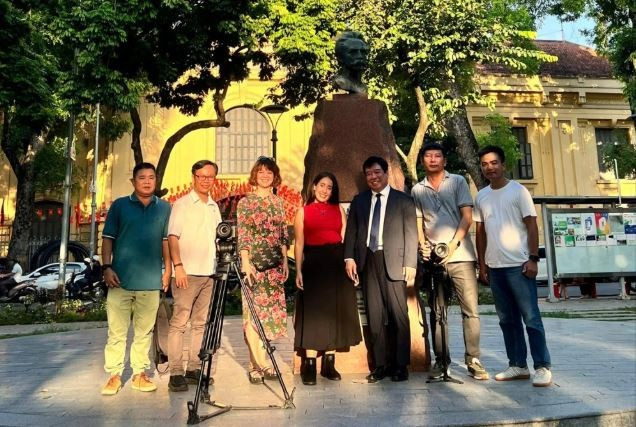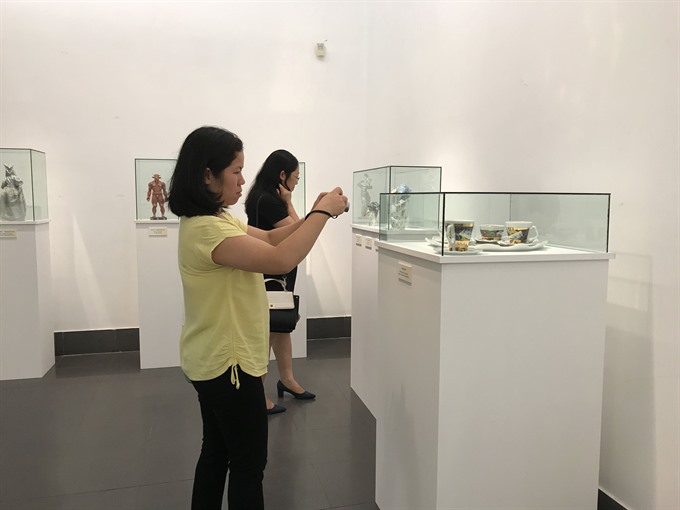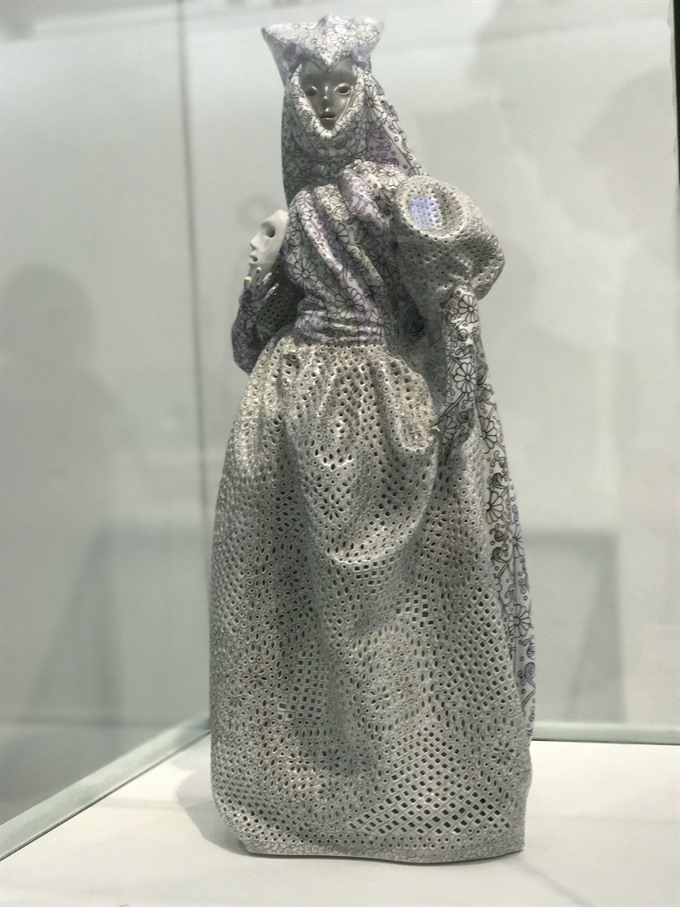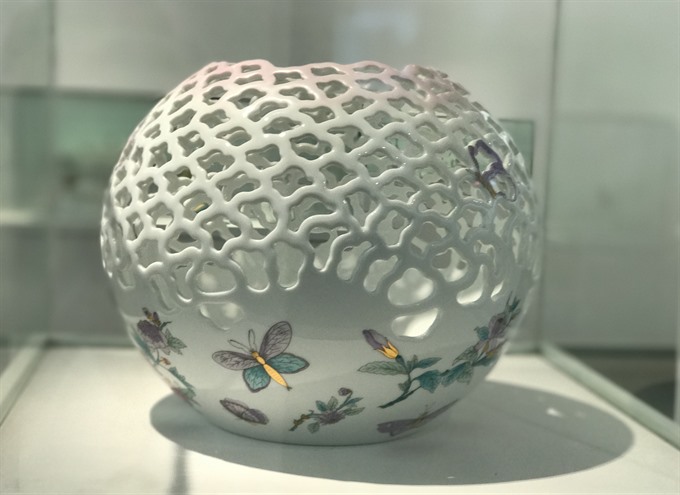 Life & Style
Life & Style

As many as 200 sets of porcelain products reflecting modern trends as well as traditional techniques by Hungarian artists are on display in downtown Hà Nội.
 |
| Hanoian audiences will have a chance to watch artful masterpieces by Hungarian artists. — VNS Photos Lê Hương |
HÀ NỘI — As many as 200 sets of porcelain products reflecting modern trends as well as traditional techniques by Hungarian artists are on display in downtown Hà Nội.
Titled Contemporary Hungarian Porcelain, the exhibition features products from the three most famous porcelain producing workshops in Hungary.
“They bear both significant creative characteristics, blending traditional and modern techniques by contemporary artists,” Simonffy Marta, chairperson of the Hungarian Association of Creative and Industrial Fine Artists, told Việt Nam News.
She said this is the first time the association has showcased products by contemporary artists.
“We plan to visit Bát Tràng Ceramic Village and exchange ideas and experiences with the village artists, and other traditional ceramic and porcelain villages in Việt Nam,” she said.
“We also hope to establish showrooms in Việt Nam to penetrate the Vietnamese market,” she said.
 |
| Audiences visit the exhibition. |
Hungarian porcelain is made of a mixture of quartz, Cornish stone and feldspar. Its material is absolutely solid without any hygroscopic capacities. Its translucent surface is white, shiny and shelled. The material was invented in China and imported to Europe by merchants.
The porcelain factory of Meissen, the most significant European factory, was founded by Hungarian Akos Eros in 1710. In the 18th century, the porcelain factories of Vienne and Venice worked beside that of Meissen.
 |
| A porcelain doll at the exhibition. |
Three porcelain factories were established in the 19th century in Hungary: The one in Herend was founded by Vince Stingle in 1826. It was taken over by Mor Fischer in 1839, who started and made successful the manufacturing of art pieces.
The development of the porcelain manufactory of Hollohaza (1857) is associated with Ferenc Istvanyi. The Zsolnay porcelain manufactory of Pecs was founded by Miklos Zsolnay in 1853. It was headed by his son Ignacz, and later on, from 1865, by his younger brother Vilmos Zsolnay, who revived it and made it world famous for the eosin glaze created by chemist Vince Wartha.
“I believe Vietnamese-Hungarian relations have entered a new phase following the ongoing visit of H.E Viktor Orban, Prime Minister of Hungary,” Hungarian Minister of State for Family, Youth Affairs and International Affairs Katalin Novak noted while addressing the exhibition’s opening ceremony on September 25.
 |
| A decorative porcelain vase displayed at the exhibition. |
“Our mutual experiences make it possible to have a better, quicker and deeper understanding of each other,” she added.
“It is a challenge from every aspect to exhibit porcelain in Việt Nam where the savoir-faire of making porcelain goes back centuries,” she said.
The exhibition will be on at the Museum of Vietnamese Fine Arts, 66 Nguyễn Thái Học Street, until October 8, before moving to HCM City. — VNS




